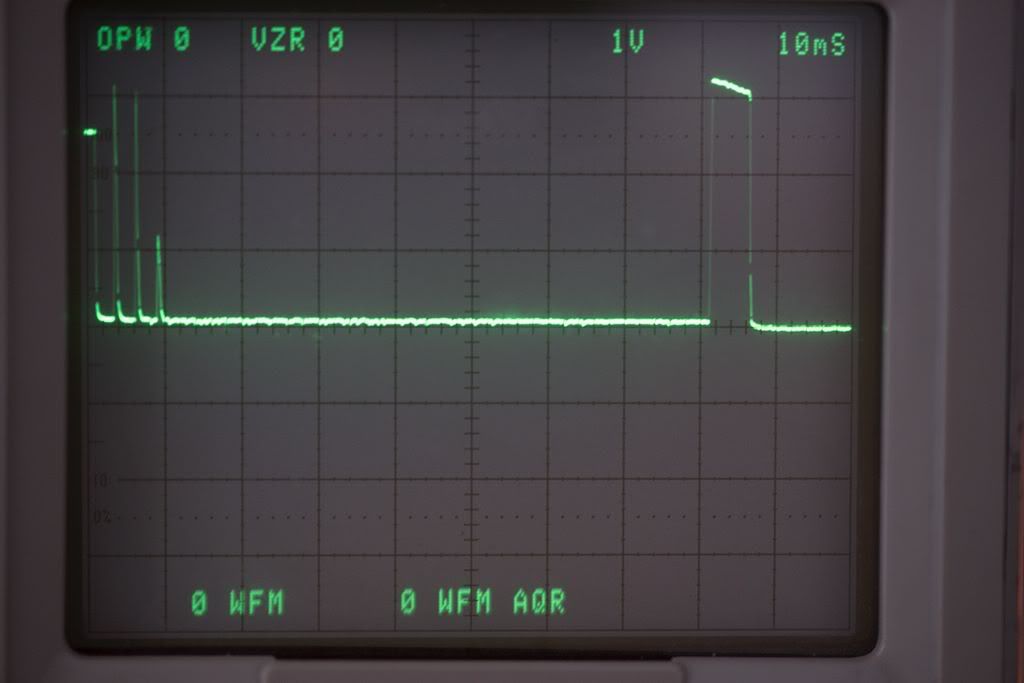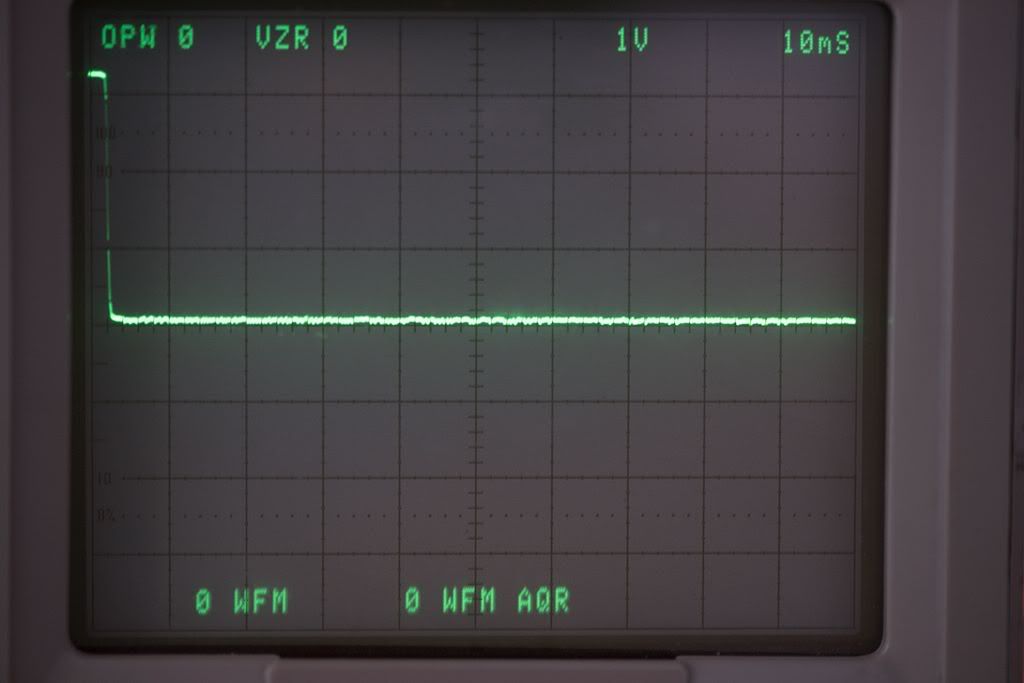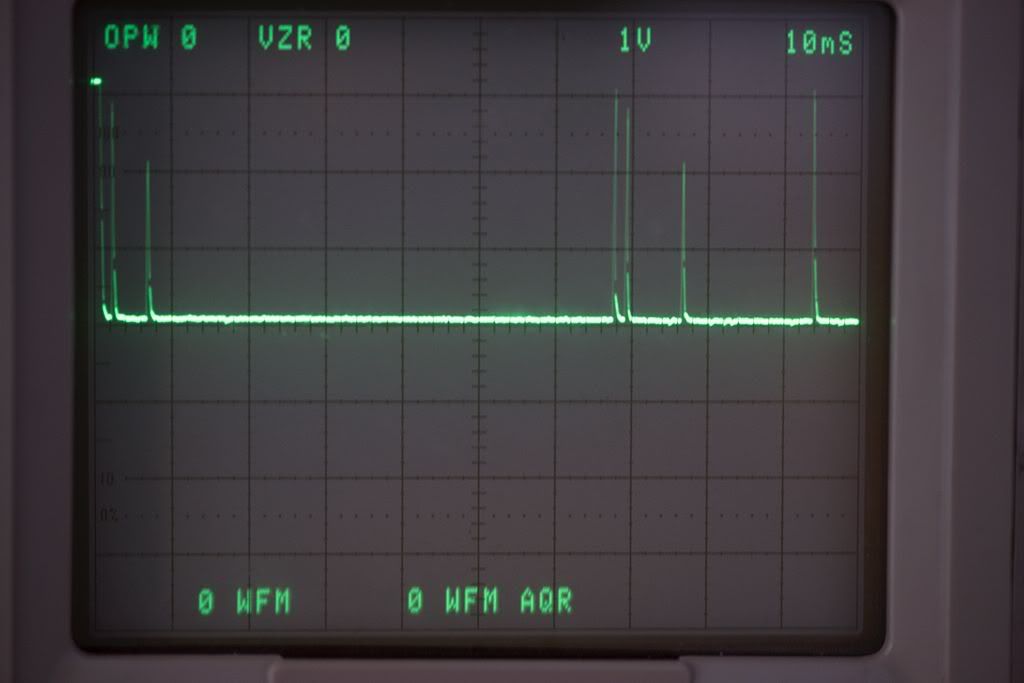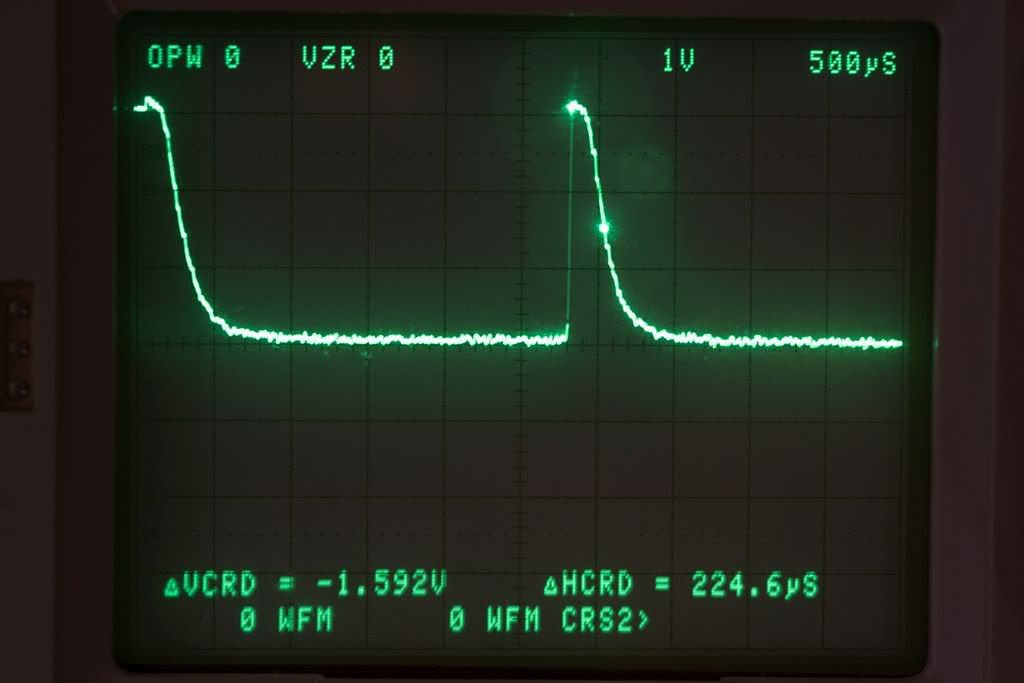M
MarcoVenturiniAutieri
Guest
Hello,
I am again asking a puzzling question regarding my Sony NEX-5.
I have the tiny SONY flash and anoher (Cullman) old flashgun, that I have mounted on a photocell that triggers the flash when it sees another flash.
The photocell seems to work: when the Sony fires the flash, the photocell responds and fires my Cullman, in a process that to my naked eye looks instantaneous.
The puzzling thing is that I don't manage to have the light of the Cullman in my shots! Somehow the timing must be wrong but I cannot understand how!
This is what I do: I set the flash sync to REAR and I set a long shutter speed (2 s) in order to be sure to keep the shutter open long enough to catch the Cullman light! For some weird reasons, with such a long shutter speed and with the flash set to REAR, my Sony fires its tiny flash at the beginning of the exposure as well as at the end (two fires!). For obvious reasons, my Cullman reacts to the first one only (because it is not recharged yet at the second) but... it should be okay, firing at the beginning, should it not? Well, no, because I cannot believe I cannot see the light in the frame - even though after the flash fired the shutter seems to stay open for a long time!
So I do this: I shoot the Sony without its flash, 2 s exposure, and in between I manually fire my Cullman: in this case I do see the Cullman light in the frame - as expected!
So, what does it happen when I let the Sony trigger the flash? Why can't I see the triggered flash in the image?
Thanks!!
Marco
I am again asking a puzzling question regarding my Sony NEX-5.
I have the tiny SONY flash and anoher (Cullman) old flashgun, that I have mounted on a photocell that triggers the flash when it sees another flash.
The photocell seems to work: when the Sony fires the flash, the photocell responds and fires my Cullman, in a process that to my naked eye looks instantaneous.
The puzzling thing is that I don't manage to have the light of the Cullman in my shots! Somehow the timing must be wrong but I cannot understand how!
This is what I do: I set the flash sync to REAR and I set a long shutter speed (2 s) in order to be sure to keep the shutter open long enough to catch the Cullman light! For some weird reasons, with such a long shutter speed and with the flash set to REAR, my Sony fires its tiny flash at the beginning of the exposure as well as at the end (two fires!). For obvious reasons, my Cullman reacts to the first one only (because it is not recharged yet at the second) but... it should be okay, firing at the beginning, should it not? Well, no, because I cannot believe I cannot see the light in the frame - even though after the flash fired the shutter seems to stay open for a long time!
So I do this: I shoot the Sony without its flash, 2 s exposure, and in between I manually fire my Cullman: in this case I do see the Cullman light in the frame - as expected!
So, what does it happen when I let the Sony trigger the flash? Why can't I see the triggered flash in the image?
Thanks!!
Marco





